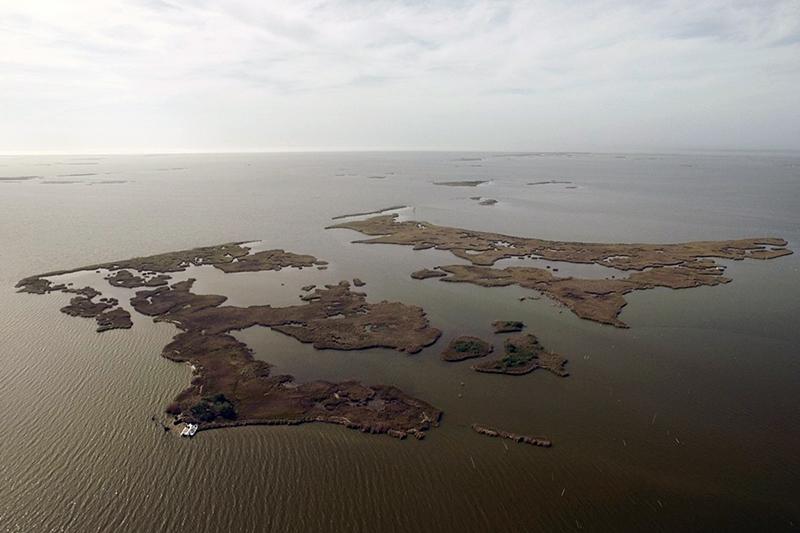Alumni and NOCCA students team up for preservation project
Tulane alumni Jayur Mehta and Ted Marks are teaching students from the New Orleans Center for Creative Arts (NOCCA) the importance of preserving the past and restoring Louisiana’s coastal landscape through a summer project funded by the National Geographic Society.
A visiting assistant professor of anthropology from the University of Illinois Urbana–Champaign, Mehta earned his PhD from the Tulane Department of Anthropology in 2015. He and Marks, a fellow School of Liberal Arts alumnus, initially applied for the $16,000 grant in 2017 through their nonprofit, the Gulf Communities Research Institute.
Co-founded with Brian Ostahowski, president of the Louisiana Archaeological Society, the research organization is dedicated to Native American cultural heritage advocacy and restoration anthropology.
“We think it’s worth devoting resources to protecting, or at least documenting and studying, these sites before they’re gone forever.”
— Ted Marks, 11th-grade sciences instructor in the NOCCA Academic Studio
Mehta and Marks are now working with NOCCA students at Adams Bay. Located in Plaquemines Parish and composed of ancient earthen mounds, the Native American archaeological site is under the threat of climate change.
“The site represents a piece of tribal heritage that faces an immediate existential threat from land loss and sea-level rise,” said Marks, an 11th-grade sciences instructor in the NOCCA Academic Studio. “It’s one of dozens of irreplaceable archaeological sites along the coast that have the potential to tell us about how sophisticated ancient cultures developed in Louisiana’s unique environment.”
At almost 800 years old, the site was once home to the ancestors of local tribes like the Chitimacha and the Atakapa.
Mehta and Marks are guiding the students in documenting the site’s features and developing a conservation plan.
“Students are describing vegetation, sediment and soil. They will also examine where erosion is happening, take photos and video, and fly unmanned aerial vehicles to capture aerial photography of the site,” said Mehta.
“We think it’s worth devoting resources to protecting, or at least documenting and studying, these sites before they’re gone forever,” said Marks.
“Ancient people had to deal with many of the same issues that we have today, like hurricanes, flooding and coastal erosion. Understanding how they adapted to these problems to develop societies that were sustainable over thousands of years could help us solve challenges that coastal communities currently face,” he added.

